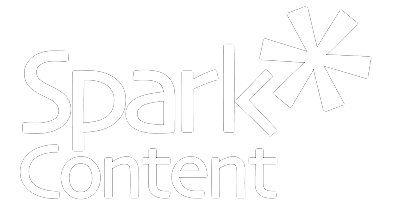Just Plain Awesome: can content be complete without being complicated?
Ever read the policy documents for your car insurance? How about the Terms and Conditions when you install new software? Financial statements? Even though we should read them, we probably don’t. We clip the car insurance slips and put them in the car, click “I agree” on the Terms and Conditions page, and file the paperwork. What is it about this type of content that makes us our eyes glaze over?
The content gets a bad rap – it has a reputation for being dense and confusing, with its complicated and detailed language. That language seems necessary – insurance paperwork, for example, should be specific about what is covered. But, believe it or not, even this content can be complete without being complicated.
Today is International Plain Language Day. For almost 30 years, the plain language movement has championed clear communication using clear language. The goal is to get your message across the first time that it is read. It doesn’t mean that you need to “dumb down” your content, but that you tailor your content to suit your audience.
Plain language has some obvious benefits. If users understand your content the first time that they read it, it saves them time, reduces their frustration, and builds their trust. You can avoid misunderstandings, errors, and, even costly customer support calls.
Where do you begin? Here are six strategies that you can use to apply plain language to your content:
- Understand your audience: Ask some basic questions to understand who your audience is and what they know.
- Organize your content: Focus on what’s important to the audience and omit what isn’t necessary.
- Develop your content: Keep paragraphs to a single idea and use short sentences where you can.
- Consider your tone: Be aware of the implied tone in your writing. Make sure it’s what you want.
- Consistency, clarity, and conciseness: Revise your content. Look for inconsistent wording, eliminate unnecessary words, and use words familiar to your audience.
- Use the active voice: Brush up on the difference between passive and active voice. Use the active voice when you can.
Converting your content to plain language can take planning, when you consider how much content you have. Everything from website content to social media posts to product collateral can benefit from plain language. You can phase it in over time, but you risk giving users a disjointed message. Or, you can try to time it with a particular event – a product launch or refresh, for example. That approach is better for the user, but puts a lot of pressure on writing resources.
At Spark, we’re passionate about plain language and can bring out the best in your content. With our knowledge and experience, we can take complicated consumer communications and apply these plain language principles. The end result is clear, complete content that readers can understand – without the extra complications.

